Ancient MesoAmerica News Updates 2009, No. 15: London Exhibit Will Feature Objects Recently Excavated at Las Ajaracas, Templo Mayor, Mexico City
The exhibit "Moctezuma: Aztec Ruler," from September 24, 2009, to January 24, 2010, at the British Museum in London, will feature several important objects (fourteen in number) excavated at Las Ajaracas, where the large monolithic Tlaltecuhtli stone was found in 2006. The monolithic stone may have served as a capstone to an important imperial tomb, possibly of the Mexica tlatoani Ahuitzotl, according to Dr. Leonardo López Luján (mistakingly given the first name of Lorenzo in the original article). None of the excavated objects has been displayed in public yet and the London exhibit thus has an important preview, as was reported online today, Thursday, June 11, 2009, by the daily British newspaper The Times (edited by AMaNU):
Aztec temple promises to yield one of antiquity’s great treasures - Archaeologists working amid the smog and din of Mexico City may be on the verge of unlocking an extraordinary time capsule.
The leaders of a team exploring a site opened up by earthquake damage believe that they have found the first tomb of an Aztec ruler. If they are right the site may yield one of the great treasures of antiquity, the sort of haul that fires the imagination of people far beyond academic circles.
None of the finds has been put on public display but Britain will get an early preview. Fourteen gold objects from the site will feature in the British Museum’s exhibition on Moctezuma II, the last great Aztec ruler. These could prove to be the early pickings of a much richer harvest. Colin McEwan, head of the British Museum’s Americas section, said: “There is no question that this has the potential to be a once-in-a-generation find”.
The dig is in the middle of what was the Aztec capital, Tenochtitlan. Near by stands the Catedral Metropolitana de la Asunción de María, which was built from the stones of Moctezuma’s Templo Mayor, which was destroyed by the Spanish in 1521. The temple’s ruins were subsequently lost for nearly five centuries and discovered only by accident in 1978. Colonial buildings built around it made further exploration difficult but an earthquake in 1985 cleared the way for the present dig.
The new finds appear to be offerings left at the entrance to a tomb. Among them is a fearsome stone sculpture of Tlaltecuhtli, goddess of the Earth. Dr [Leonardo] López Luján, who discovered it, thinks that it is a capstone to a burial chamber. When archaeologists moved the sculpture in 2007 they found four containers filled with more than 3,000 items, including animal skeletons, a fire god sculpture, blocks of incense and wooden masks.
Next to this they detected what looks like an entrance. Electronic checks indicate that there is an anomaly beyond it, which Dr López Luján believes is a royal tomb, although some suggest it may be the equivalent of an ancient Greek bothro, where offerings to the underworld were placed.
Gold was not especially significant for the Aztecs in religious terms but it was associated with the nobility, another hint that there is a ruler behind the entrance. It won’t be Moctezuma, who was killed in 1520, but it could be his predecessor, Ahuitzotl, who ruled from 1486 to 1502.
The archaeologists found several plaster seals, which means that the site has not been looted. Between the seals there are several offerings blocking the entrance, including the skeleton of a dog, an animal that traditionally led the dead to the afterlife. “This is a good signal that under these offerings we will find a royal tomb,” Dr López Luján said. “In more than 30 years of excavating this site this is totally new.” Just how rich a seam they have hit will become clear over the next year, probably within months (written by Nancy Durrant and Ben Hoyle; source Times Online).
The leaders of a team exploring a site opened up by earthquake damage believe that they have found the first tomb of an Aztec ruler. If they are right the site may yield one of the great treasures of antiquity, the sort of haul that fires the imagination of people far beyond academic circles.
None of the finds has been put on public display but Britain will get an early preview. Fourteen gold objects from the site will feature in the British Museum’s exhibition on Moctezuma II, the last great Aztec ruler. These could prove to be the early pickings of a much richer harvest. Colin McEwan, head of the British Museum’s Americas section, said: “There is no question that this has the potential to be a once-in-a-generation find”.
The dig is in the middle of what was the Aztec capital, Tenochtitlan. Near by stands the Catedral Metropolitana de la Asunción de María, which was built from the stones of Moctezuma’s Templo Mayor, which was destroyed by the Spanish in 1521. The temple’s ruins were subsequently lost for nearly five centuries and discovered only by accident in 1978. Colonial buildings built around it made further exploration difficult but an earthquake in 1985 cleared the way for the present dig.
The new finds appear to be offerings left at the entrance to a tomb. Among them is a fearsome stone sculpture of Tlaltecuhtli, goddess of the Earth. Dr [Leonardo] López Luján, who discovered it, thinks that it is a capstone to a burial chamber. When archaeologists moved the sculpture in 2007 they found four containers filled with more than 3,000 items, including animal skeletons, a fire god sculpture, blocks of incense and wooden masks.
Next to this they detected what looks like an entrance. Electronic checks indicate that there is an anomaly beyond it, which Dr López Luján believes is a royal tomb, although some suggest it may be the equivalent of an ancient Greek bothro, where offerings to the underworld were placed.
Gold was not especially significant for the Aztecs in religious terms but it was associated with the nobility, another hint that there is a ruler behind the entrance. It won’t be Moctezuma, who was killed in 1520, but it could be his predecessor, Ahuitzotl, who ruled from 1486 to 1502.
The archaeologists found several plaster seals, which means that the site has not been looted. Between the seals there are several offerings blocking the entrance, including the skeleton of a dog, an animal that traditionally led the dead to the afterlife. “This is a good signal that under these offerings we will find a royal tomb,” Dr López Luján said. “In more than 30 years of excavating this site this is totally new.” Just how rich a seam they have hit will become clear over the next year, probably within months (written by Nancy Durrant and Ben Hoyle; source Times Online).




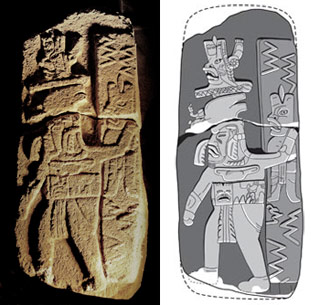




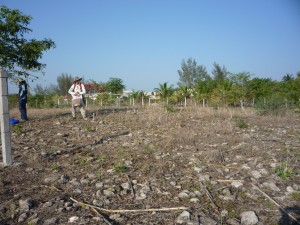



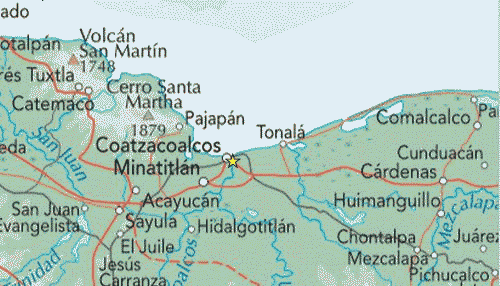




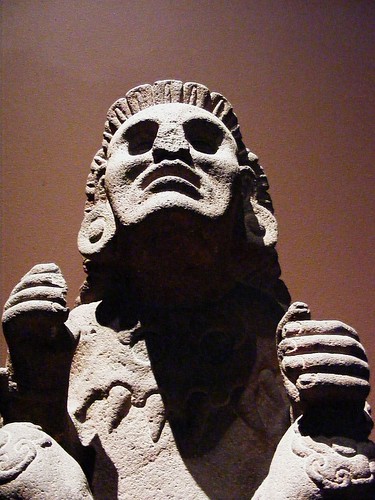






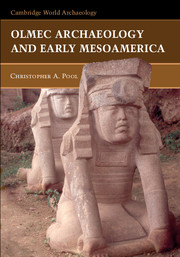






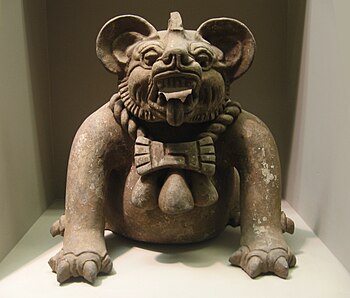

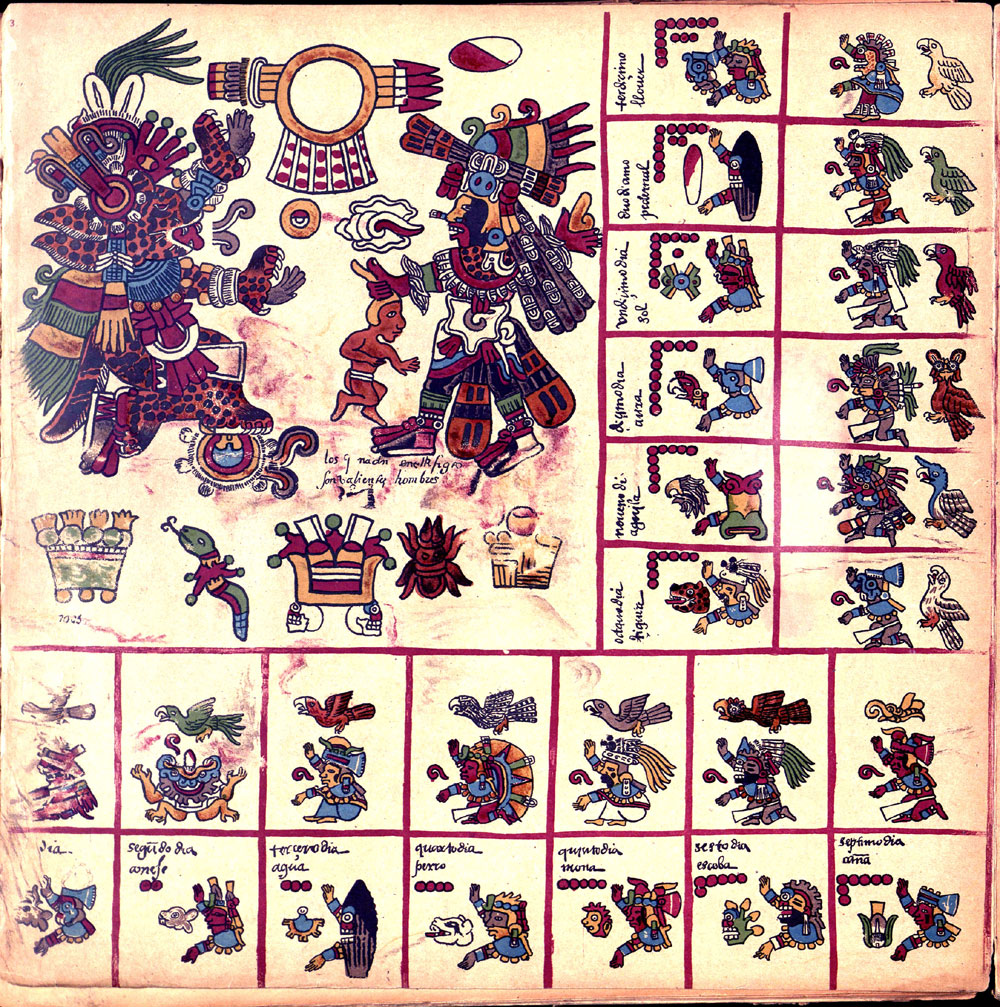

0 Comments:
Post a Comment
Subscribe to Post Comments [Atom]
<< Home